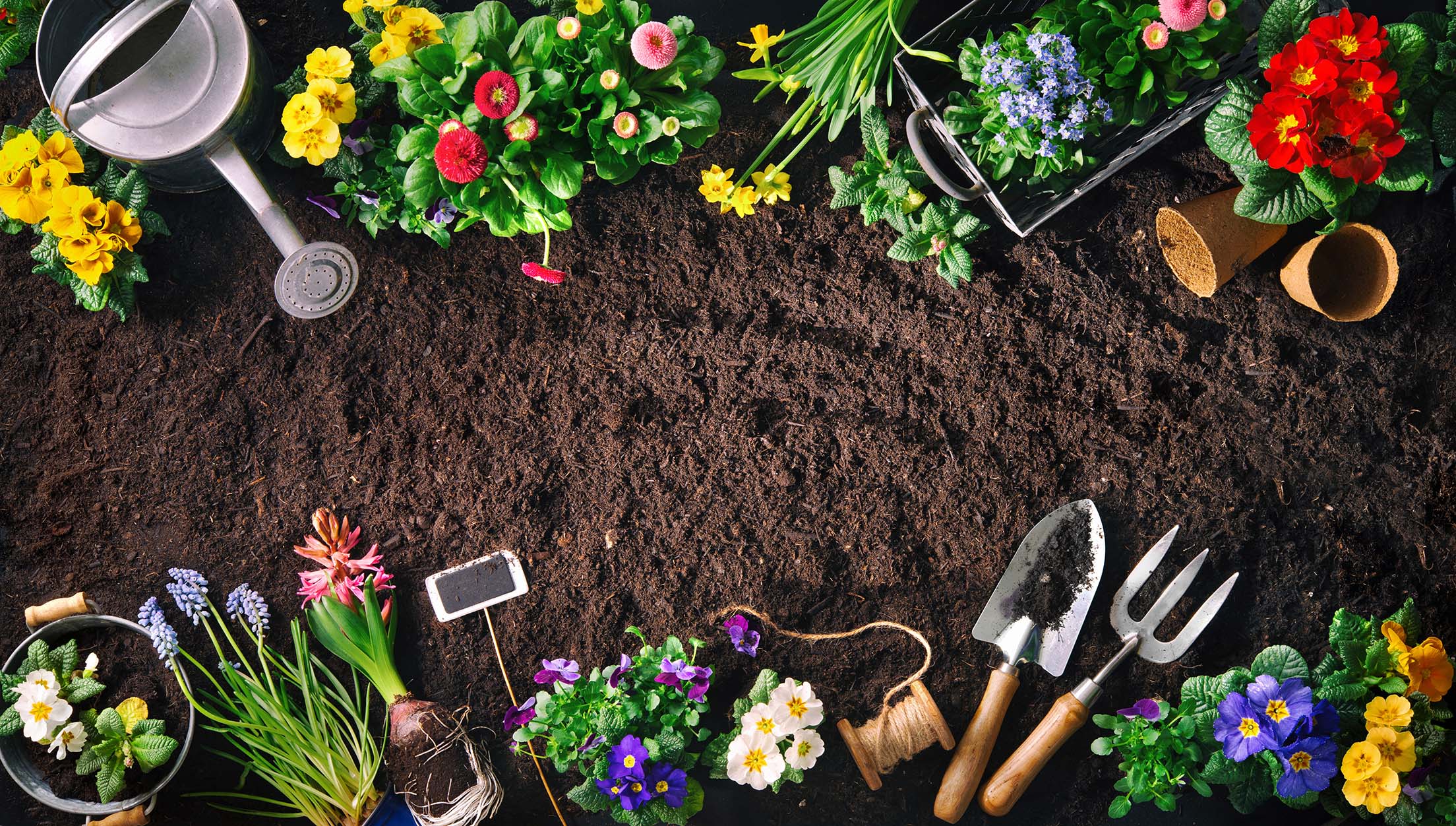Specialist Gardening Tips for Producing a Lasting and Eco-Friendly Yard
Getting started on the journey to develop a green and lasting garden entails a series of purposeful selections and methods that not just enhance the appeal of your room yet likewise add positively to the environment. By picking indigenous plants that are appropriate to your region, you can minimize reliance on chemical plant foods and pesticides while giving necessary support to regional wildlife. In addition, incorporating water preservation methods and natural gardening approaches plays a vital role in maintaining a healthy and balanced community. To reveal more experienced insights and useful techniques, let us discover the crucial elements that specify an eco mindful yard.
Pick Native Plants
Selecting native plants for your yard is a basic step towards achieving sustainability. Indigenous plants are inherently adapted to the local climate and soil conditions, making them much more durable to regional insects and diseases. This decreases the need for chemical pesticides and plant foods, hence decreasing ecological influence. Furthermore, indigenous plants commonly call for much less water when developed, adding to extra reliable water usage.
Beyond their useful benefits, indigenous plants play a crucial duty in supporting local biodiversity. They provide vital habitat and food sources for indigenous wild animals, including pollinators such as birds, butterflies, and . This fosters a well balanced environment, which is important for the health of your yard and the surrounding atmosphere.

Implement Water Preservation
Executing water conservation methods is essential for maintaining a lasting yard. Reliable water use not just lowers the environmental impact however additionally makes certain that plants receive sufficient hydration without waste. One reliable approach is to make use of drip watering systems, which deliver water straight to the plant origins, minimizing dissipation and drainage. This targeted approach can significantly decrease water usage compared to traditional sprinklers.
In addition, mulching is a valuable method for saving water. By applying a layer of organic compost, such as timber chips or straw, around the base of plants, garden enthusiasts can reduce soil evaporation and keep constant wetness levels. Compost additionally assists regulate soil temperature level and reduces weed growth, further adding to plant health.
Rainwater harvesting is another lasting method. Installing rain barrels or various other collection systems enables gardeners to record and keep rain, which can later be made use of during dry durations. This not only preserves metropolitan water however also gives an all-natural, chemical-free source for watering.
Lastly, picking drought-tolerant plant types can considerably decrease water demands. These plants are adjusted to prosper in low-water conditions, making them excellent for green gardens. gardening tips. Applying these water conservation approaches will cultivate a durable, lasting garden
Usage Organic Gardening Techniques

Pest management in an organic yard relies upon integrated bug management (IPM) methods. These include motivating useful bugs, making use of all-natural predators like lacewings and ladybugs, and executing crop turning to interrupt pest life process. Buddy planting, anonymous where particular plants are expanded with each other to push back insects or bring in helpful bugs, is one more efficient technique.
Weed control is managed via mulching and hand-operated removal, instead of relying upon herbicides. Compost not only suppresses weeds but also preserves wetness and enhances soil wellness as it breaks down. Organic mulches, such as straw, timber chips, and leaves, are especially advantageous.
Create Wildlife Habitats
Developing wildlife habitats within your yard not only boosts biodiversity but additionally supports the environment's equilibrium. Beginning by incorporating indigenous plants, as these are well-suited to your regional climate and provide necessary food and shelter for wildlife.
Think about including a water feature, such as a pond or birdbath, to give a consistent water source. Water components draw in a selection of varieties, from amphibians to pollinators, enhancing the garden's vigor. In addition, installing birdhouses, bat boxes, and insect hotels uses secure nesting websites and encourages biodiversity.
Leave some locations of your yard uninterrupted, allowing ground cover and dropped branches to gather. These natural debris piles develop habitats for insects and little creatures, promoting a well balanced ecosystem. Avoid using chemical pesticides and herbicides, as they can hurt helpful wild animals and disrupt food cycle. By prioritizing these sustainable methods, your garden can end up being a refuge for neighborhood wild animals, advertising ecological health and wellness and sustainability.
Method Composting and Mulching
An essential aspect of sustainable horticulture, composting and mulching, significantly boosts dirt health and wellness and minimizes waste. Composting includes recycling natural products such as kitchen area scraps, turf clippings, and leaves. These materials disintegrate to form nutrient-rich compost, which serves as a natural plant food. Unlike synthetic plant foods, garden compost improves the dirt with crucial nutrients and valuable microbes, cultivating a much healthier garden ecosystem.
Mulching, on the various other hand, involves covering the dirt surface area with organic or not natural products, such as straw, wood chips, or shredded fallen leaves. This practice uses a number of benefits: it conserves soil dampness, suppresses weed development, and moderates dirt temperature. Compost also slowly breaks down, including raw material to the dirt and additional enhancing its fertility.
To practice efficient composting, ensure your compost heap has an equilibrium of green materials (rich in nitrogen) and brown products (abundant in carbon), keeping appropriate oygenation and moisture. gardening tips. On a regular basis transforming the heap accelerates decomposition. For mulching, apply a 2-3 inch layer around plants, ensuring it does not directly get in touch with stems or trunks to stop rot
Verdict

Selecting indigenous plants for your garden is a basic step towards achieving sustainability.In addition, integrating indigenous plants can improve the visual appeal of your yard. These plants are adapted to prosper in low-water problems, making them optimal for eco-friendly yards. Implementing these water conservation approaches will certainly promote a resistant, sustainable yard.
In verdict, establishing a lasting and green garden includes the critical selection of indigenous plants, the fostering of water conservation strategies, and the application of natural gardening techniques.